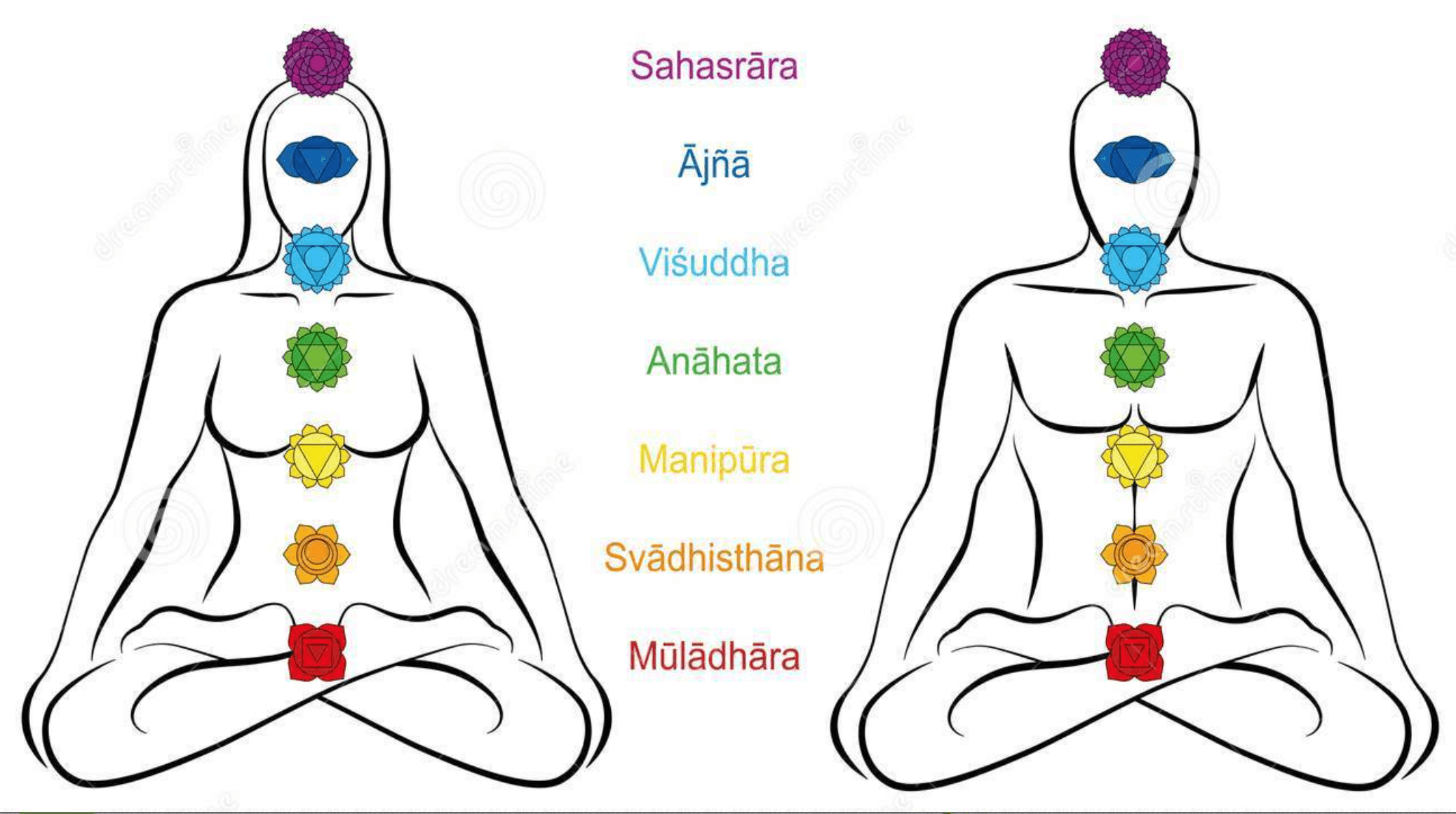Dear Friends,
If you are interested in Ayurvedic wellness, you may have heard of the concept of balancing your chakras.
Balance is a central idea in Ayurveda that is easy to understand. When we eat the proper amount, sleep the proper amount, drink the proper amount of water, and cultivate a calm, pleasant environment, it is not difficult to achieve a state of wellness.
Chakras, however, you may not be as familiar with. Let’s take a look at what chakras are, how they impact our wellness, and how to balance them.
What are chakras?
In the simplest terms, chakras are energy centers in the body. Each chakra corresponds not only to the function of a physical part of the body but its energetic flow. Each chakra is also associated with a color of the rainbow.
Chakra means “wheel” in the ancient Indian language of Sanskrit. So the chakras in our body are like wheels of energy. When our chakras are clean and unblocked, they can turn freely, facilitating the flow of energy and wellness through the body.
There are 7 chakras, running in a vertical line from the base of your spine up to the crown of your head. They are:
Root Chakra (Muladhara) - in the tailbone, associated with the color red, security, and stability
Sacral Chakra (Swadhisthana) - in the lower abdomen, associated with the color orange, sexual energy, and your ability to process emotions
Solar Plexus Chakra (Manipura) - in the stomach, associated with the color yellow, confidence, and self-esteem
Heart Chakra (Anahata) - in the center of the chest, associated with the color green, compassion, and the ability to give and receive love
Throat Chakra (Vishuddha) - in the throat, associated with the color blue and the ability to communicate clearly
Third-Eye Chakra (Ajna) - in the center of the forehead, associated with the color indigo, intuition, and imagination
Crown Chakra (Sahasrara) - in the very top of the head, associated with the color purple and spirituality
How can you tell if your chakras are out of balance or blocked?
As an Ayurvedic practitioner, I prefer to describe chakras as “out of balance” as opposed to “blocked.” This is because your chakras are always present and working, but some may be working harder than others.
To determine if your chakras are out of balance, find a time in your day when you can experience peace and quiet. I know this is easier said than done, but perhaps first thing in the morning or last thing before you go to sleep are possibilities.
Find a comfortable, seated position, and go into meditation. Visualize your chakras one by one, starting with the root chakra. As you imagine each chakra inside of you, meditate on its brightness, its color, and how its related attributes are or are not manifesting in your life.
Some chakras will feel more vivid to you than others. This is normal! For example, as a businessman, my solar plexus, throat, and third-eye chakras are very strong. My crown chakra, less so. Achieving and maintaining balance requires ongoing consciousness and care.
Why is it important to balance chakras?
As humans, we have the opportunity to experience many wonderful things in our lifetime. If our chakras are out of balance, however, it is harder for us to access these positive experiences.
Luckily, we have the power to balance our chakras.
How do you balance your chakras?
There are many ways to balance your chakras.
One way is through meditation. Once you have identified the chakras that are out of balance, spend time each day quietly envisioning the color associated with that chakra. Imagine it glowing brightly inside of you. Commit to manifesting that chakra’s emotional qualities in your daily life.
Another way to balance your chakras is through yoga. Daily conscious movement allows energy to move freely throughout the body.
My favorite way to balance my chakras, however, is aromatherapy. I'll share more about the essential oils that correspond to each chakra in a future post.
Namaste, Puneet





